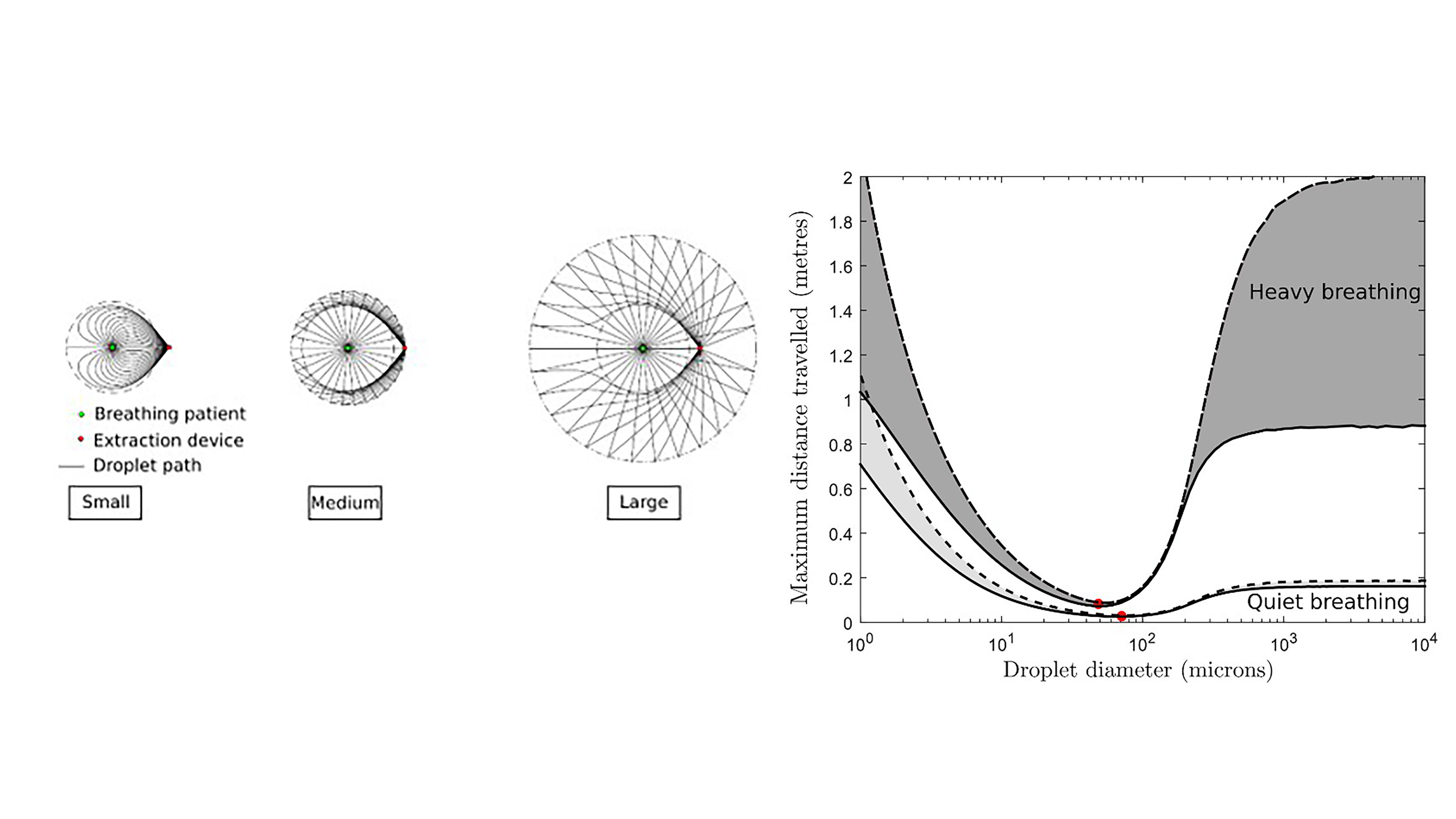In Physics of Fluids, researchers develop a model to describe the interaction between a rocket plume and the surface of a planetary body in near-vacuum conditions. The computational framework takes in information about the rocket, its engines, and the surface composition and topography, as well as the atmospheric conditions and gravitational forces at the landing site, and the results can be used to evaluate the safety and feasibility of a proposed landing site and to optimize the design of spacecraft and rocket engines for planetary landings.
Tag: University Of Edinburgh
First detailed look at how charge transfer distorts a molecule’s structure
When light hits certain molecules, it dislodges electrons and creates areas of positive and negative charge. An X-ray free-electron laser study has directly observed how this charge transfer affects a molecule’s structure for the first time.
Universities launch database on amnesties granted during conflict and peace processes
Queen’s University Belfast and the University of Edinburgh have launched the first public, open access database which explores amnesties that were granted during ongoing conflicts, or as part of peace negotiations, or in post-conflict periods.

Droplet Spread from Humans Doesn’t Always Follow Airflow
If aerosol transmission of COVID-19 is confirmed to be significant, as suspected, we will need to reconsider guidelines on social distancing, ventilation systems and shared spaces. Researchers in the U.K. believe a better understanding of different droplet behaviors and their different dispersion mechanisms is also needed. In Physics of Fluids, the group presents a model that demarcates differently sized droplets. This has implications for understanding the spread of airborne diseases, because the dispersion tests revealed the absence of intermediate-sized droplets.